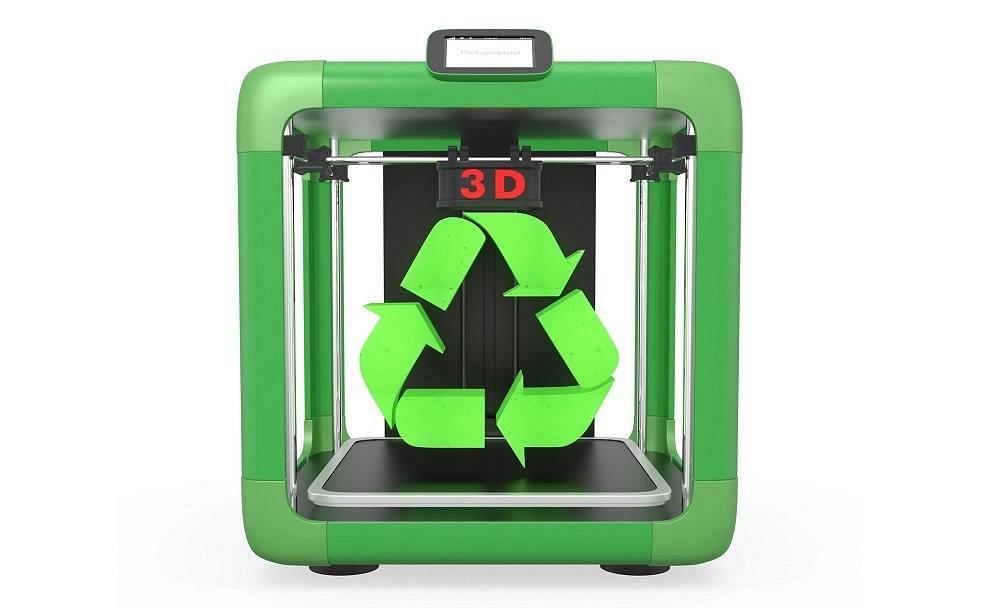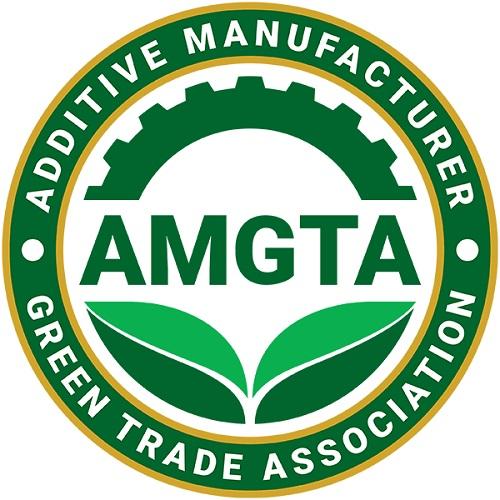- FMA
- The Fabricator
- FABTECH
- Canadian Metalworking
Our Publications
Categories
- Additive Manufacturing
- Aluminum Welding
- Arc Welding
- Assembly and Joining
- Automation and Robotics
- Bending and Forming
- Consumables
- Cutting and Weld Prep
- Electric Vehicles
- En Español
- Finishing
- Hydroforming
- Laser Cutting
- Laser Welding
- Machining
- Manufacturing Software
- Materials Handling
- Metals/Materials
- Oxyfuel Cutting
- Plasma Cutting
- Power Tools
- Punching and Other Holemaking
- Roll Forming
- Safety
- Sawing
- Shearing
- Shop Management
- Testing and Measuring
- Tube and Pipe Fabrication
- Tube and Pipe Production
- Waterjet Cutting
Industry Directory
Webcasts
Podcasts
FAB 40
Advertise
Subscribe
Account Login
Search
Report: Environmental impacts of metal 3D printing
Study looks at what is currently known about additive manufacturing's green benefits
- November 22, 2020
- Article
- Additive Manufacturing
A global trade group devoted to promoting the green benefits of additive manufacturing has released a report titled “State of Knowledge on the Environmental Impacts of Metal Additive Manufacturing.” The paper, commissioned by the Additive Manufacturer Green Trade Association (AMGTA), was written by Dr. Jeremy Faludi of the Delft University of Technology and Corrie Van Sice of Dartmouth College.
The study synthesizes existing academic literature, comparing the environmental impacts of metal AM with conventional manufacturing (CM) methods, and provides context about impacts of common metals and processing methods.
Among the key takeaways from the 20-page report is that while “AM generally has much higher carbon footprints per kilogram of material processed than CM when considering the direct manufacturing process itself,” the “impacts depend greatly on part geometry.” The environmental impact of machining a solid cube, for example, would be lower than additively manufacturing it, while using AM to produce a hollow shell or lattice structure would have a lower impact than machining.
The report further recognizes the need for additional life-cycle assessment (LCA) studies to quantify environmental impacts. “More LCA studies are necessary to definitively compare metal AM to CM—especially direct comparisons of AM to machining, and especially for technologies such as binder jetting and DED (direct energy deposition). These LCAs should ideally also include more of the product life cycle.”
Other conclusions the authors drew:
• When AM saves significant material mass, it can have lower manufacturing impacts than machining, especially for environmentally impactful materials like titanium.
• More research is necessary to determine the environmental benefits and performance risks of recycling AM powder.
• For aerospace applications, regardless of manufacturing-stage impacts, greatly lightweighted AM parts saved so much fuel during flight lifetimes that they were a net environmental benefit over CM parts.
• For automotive applications, vehicles do not have the lifetime fuel savings per kilogram of weight reduction that aerospace vehicles have, so increased manufacturing impacts are harder to pay back.
• For repair applications, DED offers more opportunity to repair existing parts than SLM (selective laser melting) or EBM (electron beam melting), but additional studies are required to determine the scale of benefits and drawbacks compared to CM repair methods.
AMGTA Executive Director Sherry Handel said, “These findings validate the AMGTA’s plans to provide the industry with rigorous, independent, and ongoing research. The AMGTA will continue to commission studies and publish research findings in an effort to update the industry and other key stakeholders on what our eco-footprint is now and what we will need to focus on in the future to be more sustainable.”
The full report is available at the AMGTA website.
AMGTA was launched in November 2019 and is a non-commercial, unaffiliated organization open to any additive manufacturer or industry stakeholder that meets certain criteria relating to the sustainability of production or process.
About the Publication
- Podcasting
- Podcast:
- The Fabricator Podcast
- Published:
- 04/16/2024
- Running Time:
- 63:29
In this episode of The Fabricator Podcast, Caleb Chamberlain, co-founder and CEO of OSH Cut, discusses his company’s...
- Trending Articles
- Industry Events
16th Annual Safety Conference
- April 30 - May 1, 2024
- Elgin,
Pipe and Tube Conference
- May 21 - 22, 2024
- Omaha, NE
World-Class Roll Forming Workshop
- June 5 - 6, 2024
- Louisville, KY
Advanced Laser Application Workshop
- June 25 - 27, 2024
- Novi, MI




























